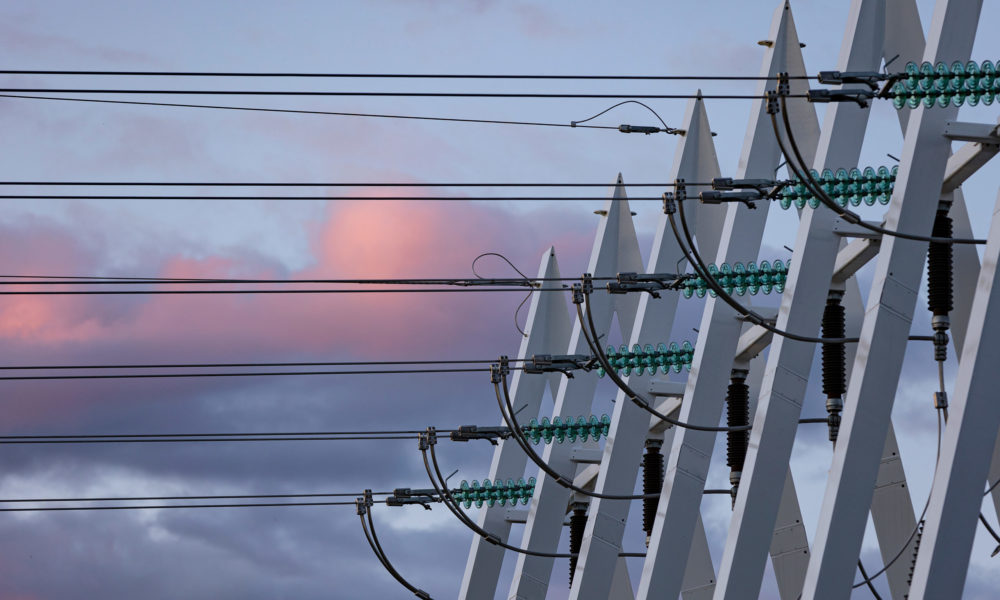The use of fossil fuels is constantly decreasing. The EU’s objective is to reduce carbon dioxide emissions by 40% by 2030 and 80–95% by 2050.
The amount of wind and solar power has increased sharply in recent years, and their production costs have dropped significantly at the same time. Fingrid Expert Risto Kuusi explains that many wind power projects in Finland are already progressing without subsidies from society.
Replacing fossil fuels with renewable energy will affect power system balancing. Wind and solar power are dependent on the weather and thus susceptible to variation. New solutions are required to balance them.
Electric cars and heating will provide an increasing share of balancing in the future
Hydropower is an important power system balancer. Its advantages include renewability and the possibility to quickly adjust production. Hydropower stores energy well.
According to Kuusi, demand flexibility will be one of the most important balancers in the future. The goal is to eliminate barriers so that the widest possible range of flexibility sources can participate in the market.
Smart charging of electric cars can contribute to balancing. Cars would be charged at times when it is most beneficial for the consumer and the power system. Also under development is a method that would allow cars to feed electricity back into the grid.
Heating could be utilised so that heat pumps and household boilers would be digitally controlled to heat up when electricity is at the lowest price.
Nordic and European flexibility
As the power system changes, Nordic and European cooperation will become increasingly important. For example, Sweden and Norway have a lot of hydropower that is also beneficial to Finland.
“Cross-border connections provide hydropower for balancing, and flexibility resources can be traded in a larger market,” says Kuusi.
Renewable energy forms vary by country because the weather conditions are not the same in different parts of Europe.
According to Kuusi, a strong pan-European transmission grid would allow countries to utilise the resources that are best suited for them. This kind of cooperation would make the transition to renewable energy cheaper in comparison to every country making the change on their own.






